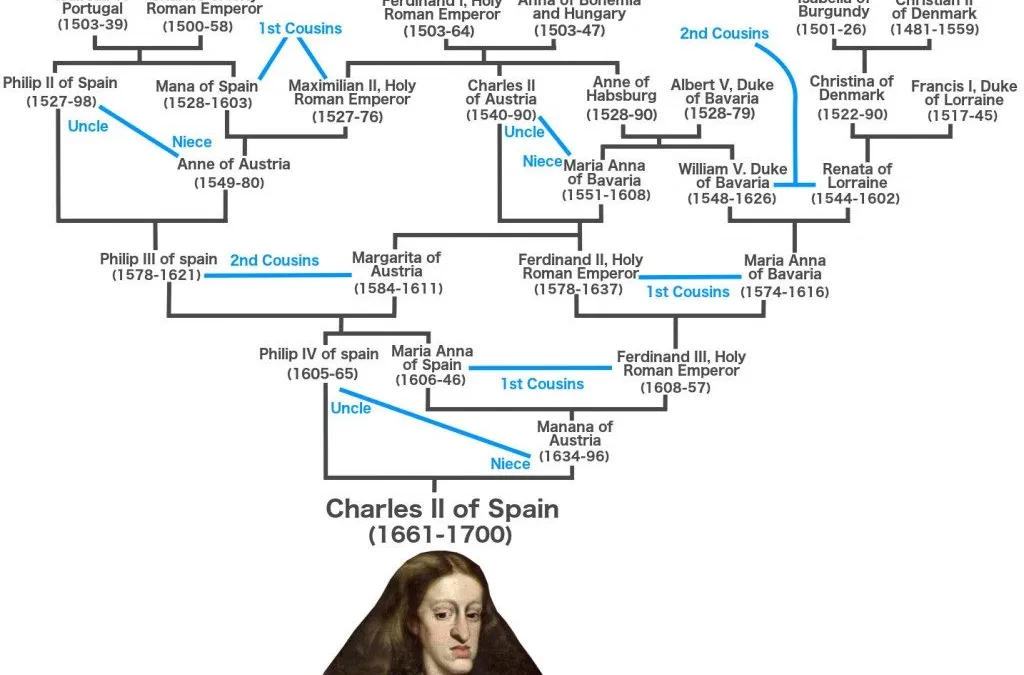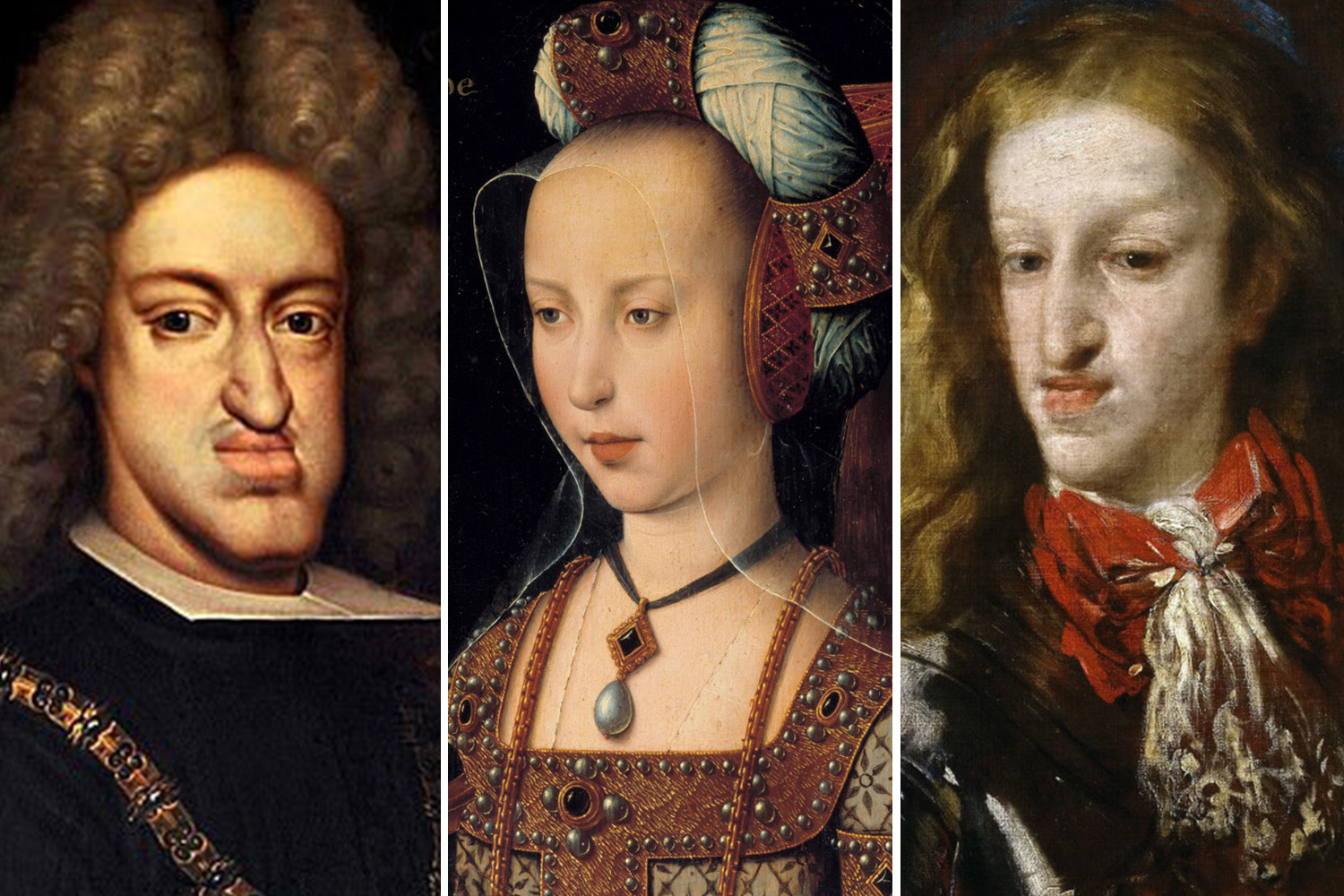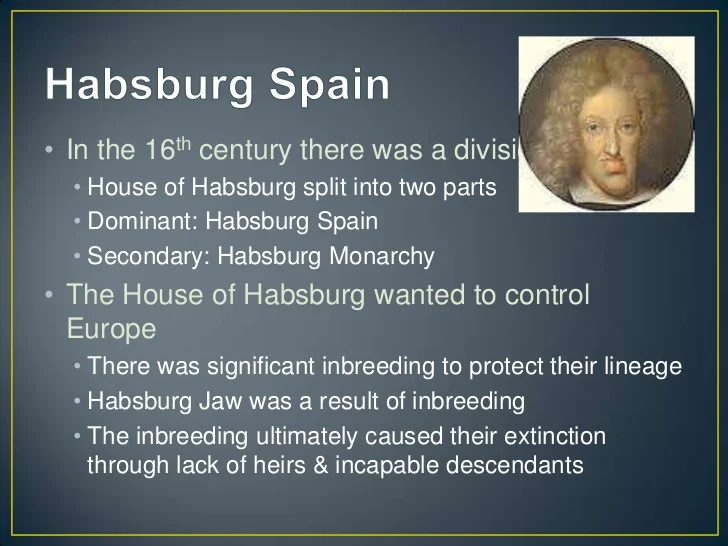In my previous article on a similar subject, The Whitaker Family: Horrors of Inbreeding, readers traveled through the horrors of inbreeding. As we talked about how inbred children are at a higher risk of recessive genetic disorders, let’s continue the discussion with another popular term, the “Habsburg Jaw”, which scientists have confirmed is the result of royal inbreeding.
The Powerful Habsburg Royal Family
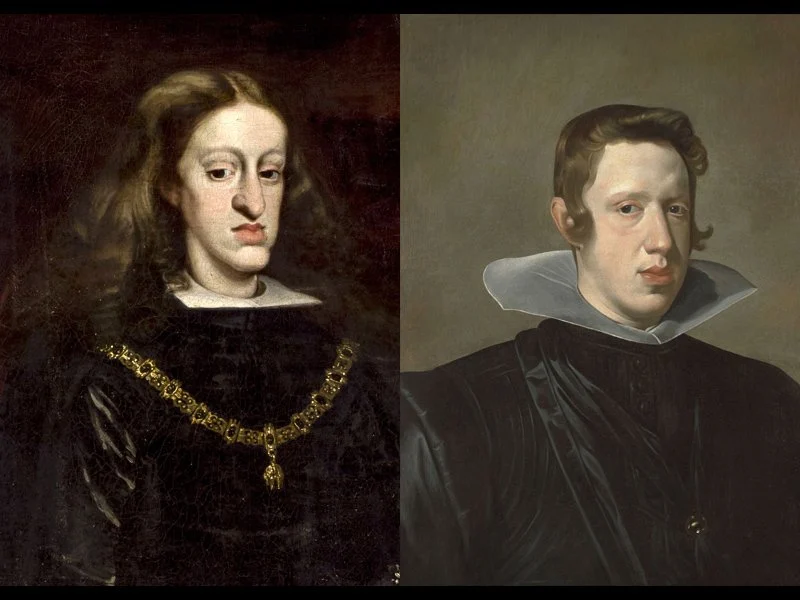
When someone wrote to me that the British Royal Family does not own the patent of inbreeding, I decided to write about “Habsburg Jaw”, which directly relates to the Habsburgs, one of the most prominent dynasties which ruled a vast European empire for centuries.
Before understanding the Habsburg Jaw, let us turn the pages of history to understand the Habsburgs, who as rulers, archdukes and emperors, did everything in and beyond their powers to keep a tight grip on the empire they ruled. The Habsburg, also known as the ‘House of Austria’, ruled Austria from 1282 until 1918. Apart from this, they controlled Hungary and Bohemia from 1526-1918; Spain and the Spanish empire for more than two centuries from 1504-1506 and 1516-1700.
The Habsburgs are also remembered for ruling Slovenia, Slovakia and Croatia, as well as vast parts of Poland, Romania and Italy. If you don’t know this, the Habsburgs actually began to rise to power in 1273 as Rudolf I became the German King. Now, as a lover of history, you’d remember that Ottokar II Premysl of Bohemia refused to recognize him as a king and the same sparked a major royal beef.
Ottokar managed to become the king of Austria but as he was killed in battle, Rudolf stepped in and granted the land to his sons. That was it, the Habsburgs were unstoppable since that day in history as they spent the next century in empire-building. The family was lifted to ‘A-list Royal status’ when future emperor Maxmilian married Charles the Bold’s daughter Mary and gained control over the Burgundy region.
Now, if we speak of the Habsburg royal clam, it included names like reformer Joseph I; Leopold Wilhelm (emperor, bishop and patron of arts); Rudolf II (Prague’s promoter of science and art), Charles VI (Spain’s ruler who was succeeded by his daughter). This era gave a rise to striking similarities
The Habsburgs came into their full regal power in the 1600s and enjoyed its fruits through the early 1700s. The Habsburg royal clan included Leopold Wilhelm, an emperor, bishop and patron of the arts; reformer Joseph I whose motto was “by love and fear”; Charles VI who ruled Spain and set up his daughter to take the crown; and Rudolf II, who decided to live in Prague, where he promoted science and art.
It was during this era that gave rise to a striking similarity in the jawline of the royal members of the Habsburg family, which came to be known as the Habsburg Jaw. Researchers revealed a stark reality that generations of inbreeding among the Habsburgs resulted in “Habsburg Jaw”, which ultimately caused their downfall.
The best example is that of Charles II, the final male heir, who became physically incapable of having children, and the reasons were plain and simple! The Habsburgs royal family’s genetic line progressively deteriorated due to the excessive incest among them. The Habsburg Jaw was more prominent in males than females.
However, Mariana of Austria (Queen of Spain) remains a disturbing yet perfect example of the Habsburg Jaw. Apart from this, one of the most famous Habsburg members, Marie Antoinette of France too could not dodge the Habsburg jaw. She had a projected lower lip which made her look as if she was always pouting.
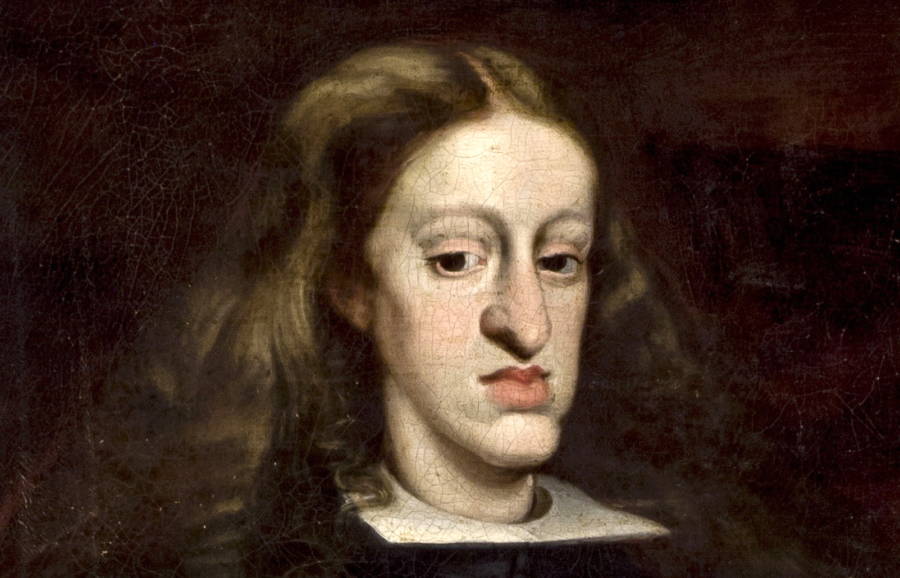
In the greed to remain Europe’s most powerful royal family, marriages between biological relatives became a common affair in the ruling houses of Europe. For instance, the Spanish Habsburgs dangerously engaged in incest despite its terrifying consequences. You’d be shocked to know that “nine out of the 11 marriages in this family during their 184 years of rule in Spain (1516 to 1700) were incestuous in nature”.
To quote famous examples, Charles 1 of Spain and Joseph I were both infamously known for having extremely prominent lower jaws. So what was the consequence? How did they get it? Why were stark similarities amongst the members? The plain and simple answer to the latter is incest. Such revelations were made in the 1988 article Journal of Medical Genetics, which stated that ‘nine successive generations of the Habsburg family were found having this jawline, which came to be commonly known as the Habsburg jaw.
The article reported that at least three generations of this family had similar facial characteristics, called “mandibular prognathism”, which is a medical term for this kind of jaw. In this condition, the jaw moves so forward that it causes an extreme underbite as the teeth don’t line up as they should in a normal human body. They also suffered from the thickened lower lip, misshapen nose, everted lower eyelids and flat malar areas.
The article narrated that this came as a result of constant incestuous relationships in the family and also gave rise to “Mandibular Deficiency”. The term was described as “a pattern of abnormalities, including skeletal, neuromuscular, occlusal and esthetic conditions that can affect a person’s speech and ability to eat.”
Apart from this, the Habsburgs suffered from numerous ailments like dropsy, asthma, epilepsy, gout, and melancholia. Many accounts reveal that the Habsburg jaw originated among the Polish royals and it was Maximilian 1 (King Of Rome from 1486 and the Holy Roman Empire from 1508 until his death), who was found with this jaw.
Scientific Backup For The Condition
For a very long time, there was no research to back the fact that the ‘Habsburg jaw’ was a result of excessive inbreeding. However, Francisco Ceballos, a geneticist came up with mind-boggling research as the continued to study the facial deformities in 66 portraits of 11 Habsburg family members.
The researchers implemented statistical methods to analyze the effects of inbreeding on the degree of Mandibular Prognathism and Maxillary Deficiency. They found out that the two traits share a common genetic basis. Ceballos stated the following:
“The ‘Aha!’ moment was when we discovered that the MD is affected indeed by inbreeding, and that the Habsburg face is indeed related to their consanguinity. This is the first time that science backs up this statement
Their research revealed that facial deformities, as well as mental illness, are rooted deep in the Habsburg family. So how does inbreeding affect generations? The study revealed that “mating between relatives increases the odds of inheriting identical forms of a gene from both parents called “genetic homozygosity”. This reduces an individual’s health.
The best example of such a case is Charles V, who suffered from at least two conditions resulting from recessive mutations in different genes: pituitary hormone deficiency; which can result in infertility; and distal renal tubular acidosis; which causes kidney failure. The Habsburg family basically serves as a complete human laboratory for most researchers on the subject because the range of inbreeding among them was extremely high.
The latest research on the Habsburg family includes a December 2019 paper from Professor Vilas from the University of Santiago de Compostela. Per his research, the Habsburg dynasty was the most influential in Europe but was more famous for inbreeding which caused its downfall. The paper made an alarming conclusion that there is a crystal clear positive relationship between Habsburg Jaw and Inbreeding.
Various scientists and doctors have established that inbreeding leaves the offspring at a greater risk of congenital defects and genetic diseases. Check out this video to understand more about inbreeding.
The Fall Of The Habsburgs
While it may be true that marrying among relatives may have helped the Habsburgs seize power for a longer time, recessive genes became a reason for the downfall of their empire. Not only this, but inbreeding passed a series of genes that produced birth defects. The Habsburg dynasty came to an end with Charles II, who struggled to eat and speak due to his prolonged lower jaw. He was mocked as the “most inbred king of all”.
Not only this, but Charles II was short, impotent, weak, mentally handicapped and suffered from numerous intestinal problems. As a child, he could not speak until he turned 4. His feeble mind and physically deformity resulted from a limited gene pool. One French Ambassador wrote about him “The Catholic King is so ugly as to cause fear and he looks ill.” This was the time when a word was sent for his marriage.
Alexander Stanhope, an 18th-century British envoy wrote about Charles II in his book “Spain Under Charles The Second”, that “he has a ravenous stomach and swallows all he eats whole, for his nether jaw stands so much out, that his two rows of teeth cannot meet; to compensate which, he has a prodigious wide throat so that a gizzard or liver of a hen passes down whole, and his weak stomach not being able to digest it, he voids in the same manner.
As an inbred, Charles II could not have children and many researchers speculated that he may also have been impotent. The last king of the Habsburg dynasty died in 1700 at the age of 38 years. This was the horrific end of a royal who was accumulating two centuries of harmful traits passed down to a single body.

